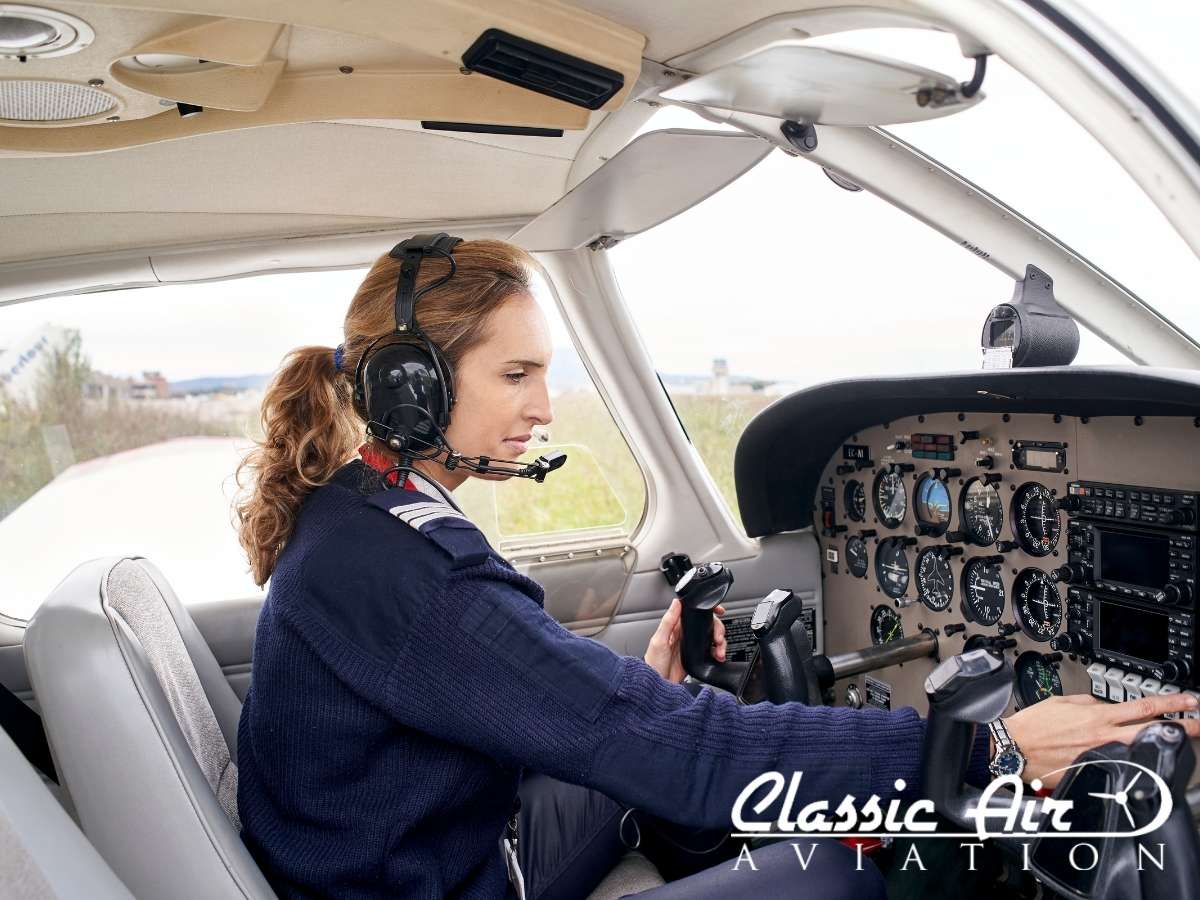An Introduction To Aviation Risk Management
A crucial portion of every quality flight training curriculum is the study of risk management. Managing risks as a pilot is both necessary and important to reduce the risk of accidents and complications. According to the FAA, an analysis of aviation accident investigations indicates that nearly all aircraft accidents are not the result of one single event, but rather a chain of events. Pilots will need to mitigate these risks while also maintaining control of the aircraft in order to prevent or reduce the risk of further complications. Arizona aviation school takes risk management seriously as a crucial element of their training program.

What is Risk Management for Pilots?
According to an FAA handbook, risk management is “the part of the decision-making process which relies on situational awareness, problem recognition, and good judgment to reduce risks associated with each flight.” Some risk management skills are developed through hands-on experience from Arizona flight training but there are many basic procedures and approaches that are outlined in classroom work as well.
Some of the many potential hazards that are associated with being a pilot include:
- Pilot fatigue
- Pilot stress, which can have many different causes
- Environment
- Weather conditions
- Aircraft equipment
- Aircraft condition
- External pressure, such as a difficult passenger
The level of risk that results from each of these hazards will vary from one pilot to another, and each hazard can also vary in intensity or severity. Also, one pilot might perceive one hazard as a greater risk than another.
For example, one pilot may feel very overwhelmed with the stress of the condition of the aircraft that he or she is flying, while another pilot will feel excited for the challenge. Neither of these responses is necessarily right or wrong. Instead, the way a pilot manages and approaches these risks is what will make all the difference for the safety of the flight and passengers.
The PAVE Checklist
The FAA has developed an acronym that is studied in Arizona commercial pilot training, known as the PAVE checklist. This stands for:
- P– Pilot
- A– Aircraft
- V– enVironment
- E– External Pressures
Pilot risks
Include a wide variety of factors such as their level of physical and emotional health, severity of mental or physical fatigue, medications and medical conditions, and stress levels, as well as how well those stress levels are managed. Pilots can analyze their own personal risk using a checklist called the IM SAFE checklist. This stands for illness, medication, stress, alcohol, fatigue, and emotion. Learning to be aware of and appropriately manage these risks for complete focus on operating the aircraft and flying safely is crucial for all pilots, whether they are flying solo or operating a commercial aircraft.
Aircraft risks
Include things such as the overall condition of the aircraft, its payload, and its anticipated performance under its conditions, which includes number of passengers, amount of fuel, and more. Included among aircraft risks are pilot currency requirements, which refers to the amount of training that a pilot has successfully completed.
Environmental risks
Factors that include local weather conditions, terrain over which the aircraft will be traveling, airports and their accommodations, and airspace. The differences between flying overnight and during the day are also included in environmental risks. Extensive instruction on how to manage environmental risk is included in Arizona flying lessons.
External pressures
Often come from a pilot’s personal life, but may also come from other people at work or school, such as a demanding boss or instructor. Many pilots feel unnecessary, self-inflicted pressure to get to their destination no matter what happens on the way. There can also be risk of flying at a hazardous altitude or a pressure to perform perfectly despite a difficult circumstance.
For pilots, being aware of these hazards and risks is crucial. Although some risks, such as improper aircraft maintenance, can be avoided, other risks are unavoidable. Pilots will need to develop a plan so that they are prepared to appropriately manage stress and risk for the safety of themselves and their passengers. A solid foundation from a reputable Arizona ground school can get a new pilot off to a good start with risk management.
Learn from the Aviation Experts in Arizona
Are you ready to begin aviation school and become a licensed pilot? Learn from the most reputable flight school in Arizona, Classic Air Aviation. We offer a wide variety of comprehensive programs that meet or exceed FAA requirements, taught by trusted and experienced pilots. Join the school that is small enough to learn your name but big enough to offer all the certifications and training you need. To learn more and get started with your future in aviation, give us a call today!

4805 E Falcon Dr
Mesa, AZ 85215
Phone: 602-574-5376
Email: support@classicairaviation.com
Website: https://www.classicairaviation.com/
